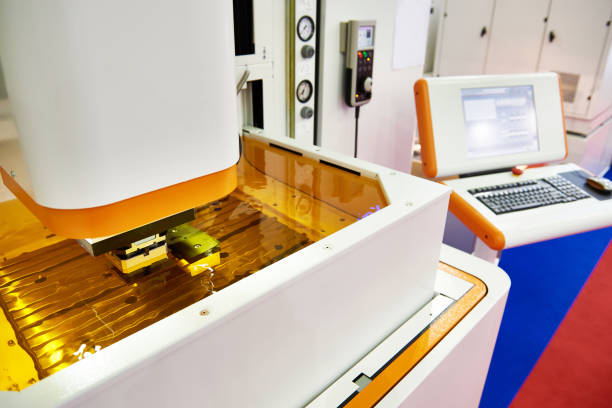3D Puff Embroidery Digitizing
The process of 3D Puff Embroidery Digitizing is a method in which stitches need to be assigned both before and after laying the foam in order to give our design the appearance of a gorgeous puff. The majority of individuals believe that it is best to outsource 3d puff logo digitization due to the complexity of the process. The texture of a design is elevated off the fabric using a technique called 3D embroidery, which is also known as puff or foam embroidery. This gives the artwork the appearance of being in three dimensions. The technique is known as 3D puff embroidery.
Importance of 3D Puff Embroidery Digitizing
Embroidery is a burgeoning industry, and a significant number of people are interested in expanding their understanding of 3D puff embroidery techniques. The well-built designs of football hats are achieved by the use of three-dimensional foam, which is where the term “three-dimensional puff embroidery” got its start. For the past few years, there has been an enormous demand for three-dimensional embroidery, particularly for caps and headgear. It is done in place of traditional embroidery, which gives your brand an air of professionalism.
The sole difference between flat embroidery and 3D embroidery is the addition of an extra layer of foam, which gives the logo a more three-dimensional appearance. The process of 3D PUFF LOGO DIGITIZING is the most important part of developing a 3D puff embroidery design, despite the fact that there are many steps involved.
Step by Step 3D Puff Embroidery Digitizing
Speed of Machine
The quality of your embroidered designs can be improved by experimenting with different speeds and finding the one that works best for you. There will be times when you have to provide reverse orders instead of the usual ones. Each tool has its own sweet spot in terms of speed. Do a few speed tests to determine the sweet spot for optimal performance.
Fabrication Method
You should stay away from 3D puffs on silky or slippery textiles. Two factors contribute to this. While working with foam, first, the cloth is more likely to shift in the hoop. Second, compared to conventional stitching, 3D puff embroidery has a greater density of stitches. Therefore, it is best to choose sturdy fabrics, such as those used for caps. Towels and other fluffy textiles are not suitable for 3D puff embroidery either. The lack of a strong 3D impression in their own loft means it doesn’t offer a particularly appealing layout.
Choosing Needles
Selecting Needles Carefully When dealing with 3D designs, it is important to use needles that are both sharp and capable of effortlessly punching holes through the foam. The increased number of holes in the foam makes cleanup a breeze.
The Foam You Choose
Puff is a popular choice for 3D models. The height of the design you wish to embroider is the primary consideration when deciding on a foam. The greater the desired 3D or protruded effect, the thicker the foam must be, and hence the higher the design must be. Though thick foams produce louder designs, they are challenging to deal with. Foams with greater thickness are more likely to impede the machine’s smooth operation. Hence, you should never go for extremely dense foams. This is especially true when discussing industrial embroidery.
Flat Design Embroidery
Flat Design Embroidery Come First. Begin with embroidering simple designs onto your fabric. This will be accomplished in the same way one would embroider a piece of fabric. When embroidering a cap, which is likely to be the case, it is crucial to pay attention to all the details involved.
Laying the Foam
Make sure the machine has good brakes for when you switch colors. The foam should be adhered to the fabric using tape or a spray adhesive. The fabric will stay put and the movement from underneath will be resisted.
Sew an Outline
Outlining the design is a necessary step before beginning satin stitch embroidery. The newly stitched area will be held in place by this outline. The setup is more precarious than usual because of the foam. The same force that keeps foam attached to fabric also keeps it there. Stitching an outline provides the ‘cut’ in foam, which stabilizes it and reduces its inherent instability.
3D Puff Embroidery Needs Its Extra Foam Removed
When you’re done with the layout, cut away the extra foam. Puff parts that are too tough to break apart with your bare hands should be softened with heat. To get rid of the foam, heat it up with a pistol. Some of the puff may have gotten stuck. Use tweezers to remove them carefully.
Embroidery Density
Beginner embroiderers can use this exercise as a training ground. This gives them the opportunity to determine which strategies are successful and which are not. They can take advantage of ideal conditions during the actual sew-out and for future projects of the same nature.
3D Embroidery Digitizing
In 3D puff embroidery, the stitch density is kept higher than it would be for a flat pattern. High density refers to the number of satin stitches used to finish off the flat design. Normal stitch density is required on the underside. The ability to control the distance between stitches and the tightness of underlay is a standard feature of most modern computerized embroidery machines. The design is given a more pronounced “3D-ish” impression by increasing the thread density of the top satin stitches relative to the stitches underneath.

